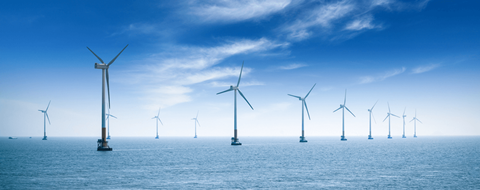DNV has updated the DNV-ST-N001 standard used for the design and planning of marine operations for the transport, installation and removal of offshore wind farms, subsea cables and oil and gas assets.

The “substantial revision” reflects the changing nature of the offshore industry in line with its support of the energy transition, said DNV. It ensures that the standard remains relevant and supports the development of cost-effective marine operations during the energy transition.
Through continuous engagement with industry, DNV-ST-N001 has been regularly updated and enhanced since it was initially created in 2016. This latest revision – the first in five years – follows an external hearing exercise, during which over 400 comments from the industry were received, of which over 350 were technical in nature.
The standard can be applied to all marine operations and all key engineering requirements relevant to load-out, construction afloat, voyages, and installation, as well as the loads that should be addressed in the design of these marine operations. It also lays out the requirements from the perspective of the marine warranty surveyor, who reviews the marine operations.
The revisions resulted from collaboration across the organisation’s global network of marine operations and marine warranty survey experts, working in DNV’s Noble Denton marine services area.
Noble Denton’s global service area leader, Ankor Raithatha, said: “It was particularly encouraging to note the number of industry comments stemming from developers and contractors engaged in offshore wind farm construction activities, which demonstrates the importance of the standard to the industry and also influenced updates to numerous areas of the standard.”
DNV estimates that offshore wind will rise globally from 8 percent of total wind production in 2020 to 34 percent in 2050, totalling almost 2,000 GW.
















